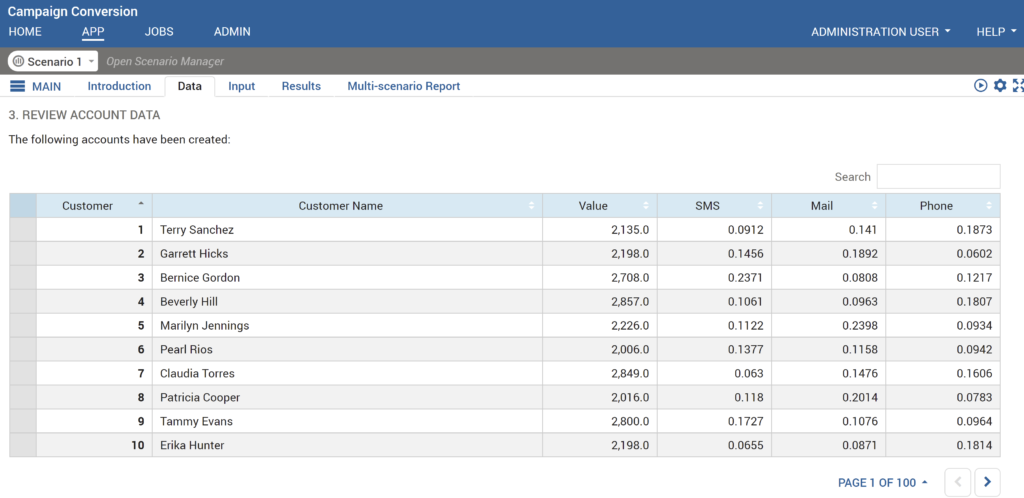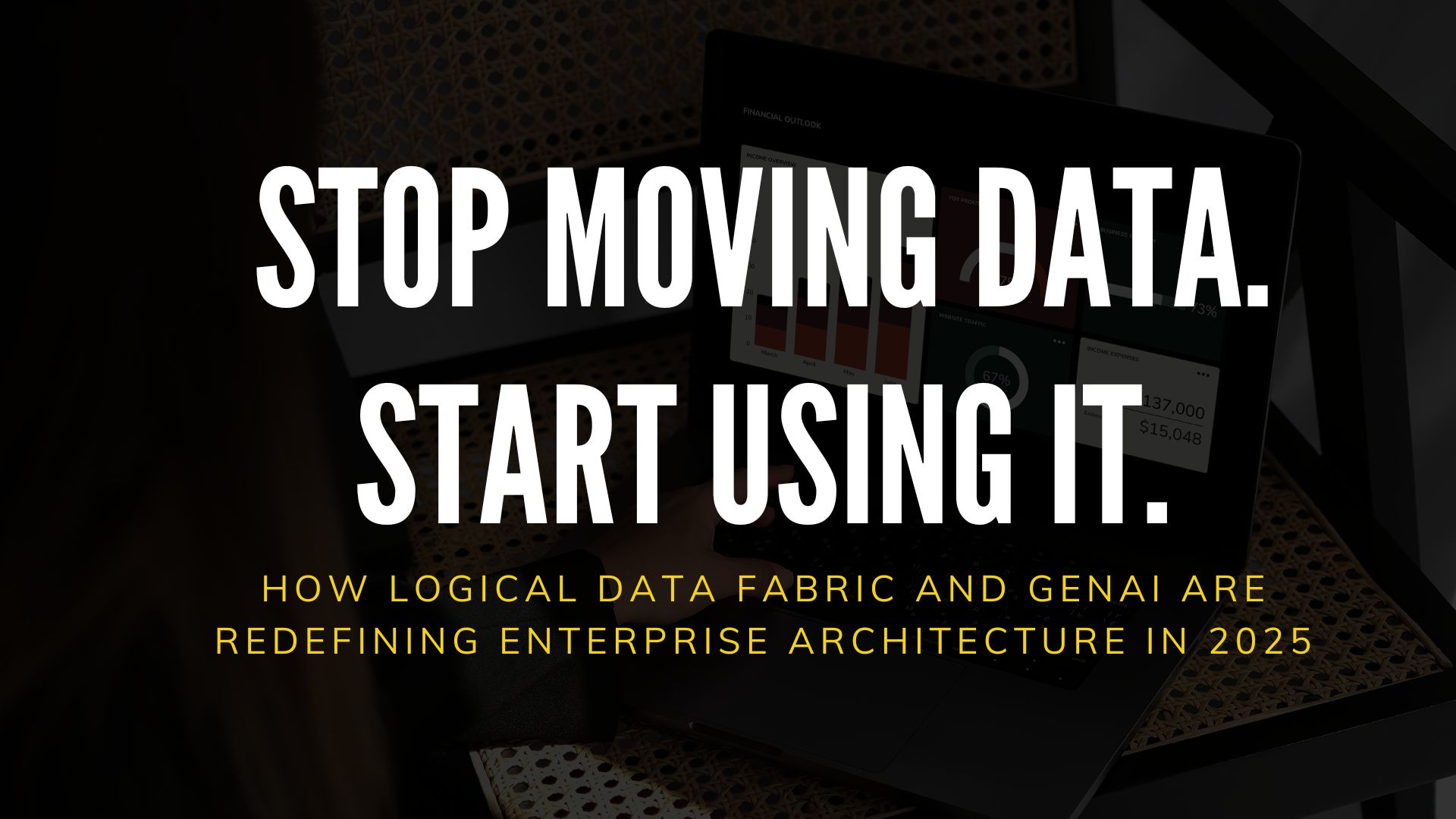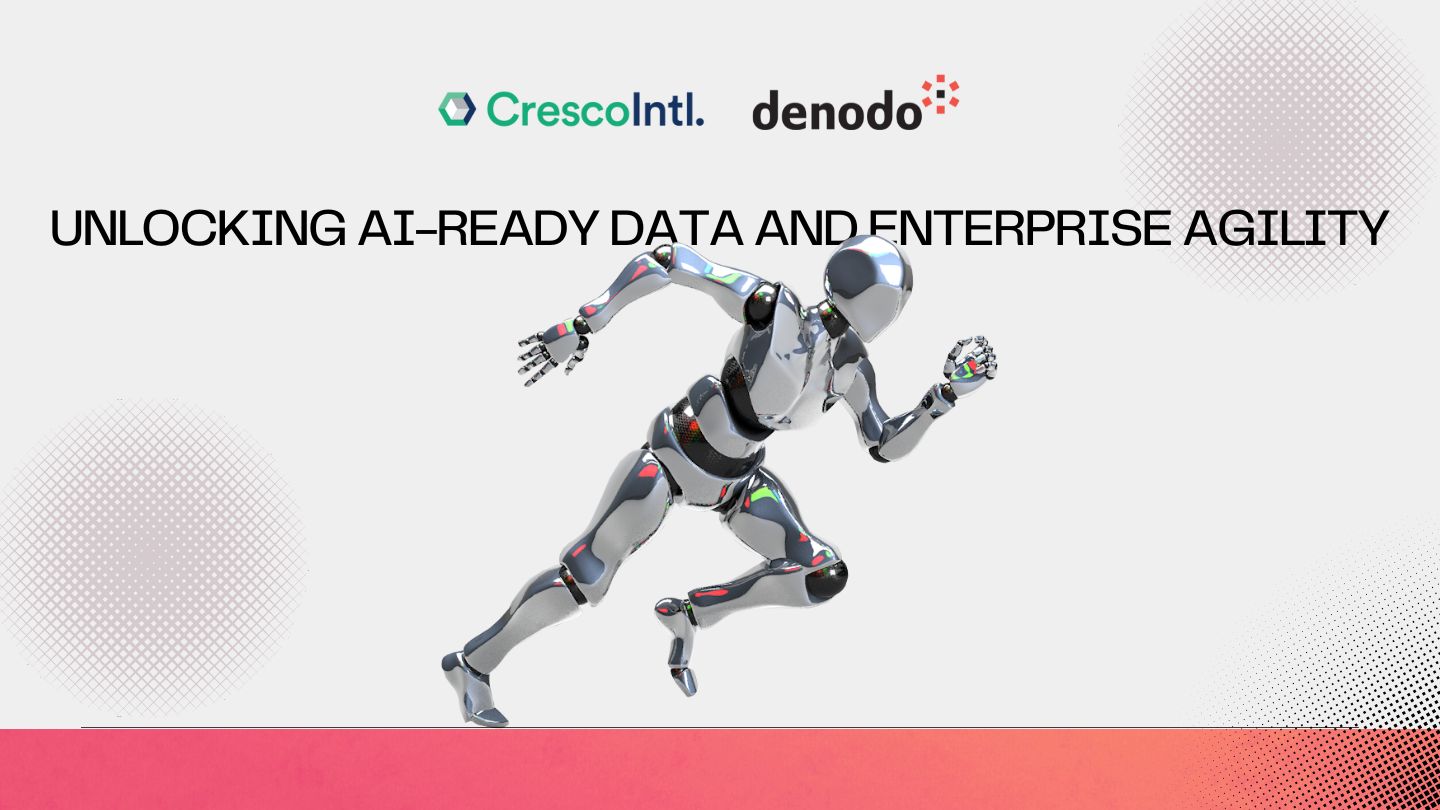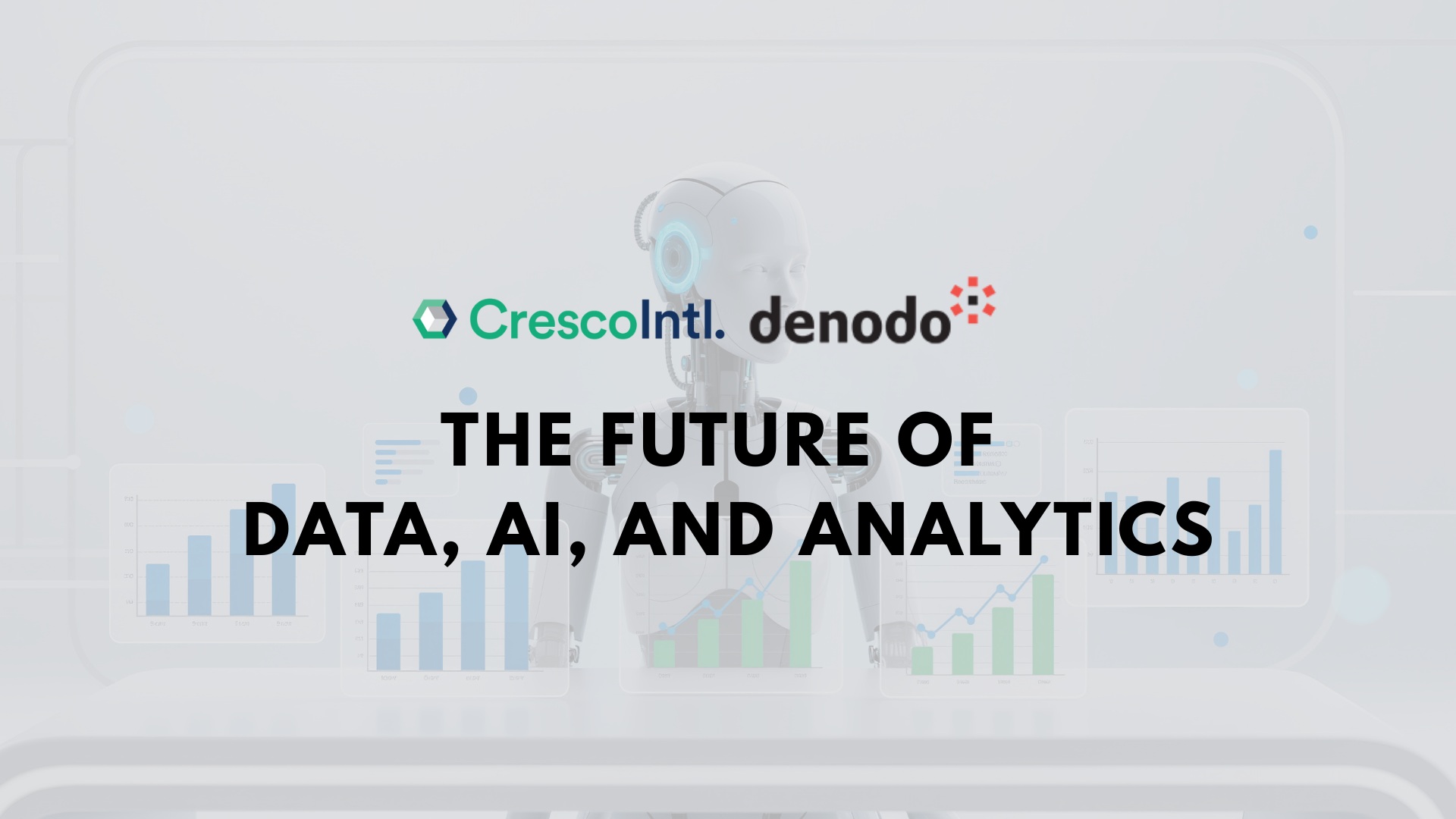Operations Research, optimization, and analytics are mathematical processes that enable organizations to turn their complex challenges into opportunities by transforming their data into information and then by transforming the information into insights. These insights help organizations solve their problems and save money. Regardless of what role or industry you are in, the main question you should ask yourself is no longer about whether you are leveraging optimization in your organization or not. You should ask yourself how you can give the power of optimization to your colleagues and employees, who work on multiple teams with different roles and business requirements, to enable them to make the best possible decisions. FICO Xpress Insight can answer these questions.
1. What is FICO® Xpress Insight?
To give the power of optimization to your colleagues and employees, you need a platform that enables your organization to make decisions that are instantly executable, easily scalable, and seamlessly upgradeable so that you have the insight and agility to evolve your business decisions, products, and services in real time to reflect the latest in customer activity, feedback or market changes. This platform should provide a collaborative application development environment for your business analysts that helps them rapidly create, validate, and launch multiple optimization models as efficient applications by drag-and-drop without any HTML/JavaScript or web development knowledge. Besides, it should provide dashboards and business intelligence for your key stakeholders to measure the effectiveness of your decisions.
The good news is that FICO® Xpress Insight is the only customizable, centralized development and deployment analytics platform that can do all of this for you. You can create production-ready solutions and applications by this platform up to 80% faster than traditional methods. This article provides a brief overview of FICO® Xpress Insight to make you familiar with its capabilities and the value it can bring to your business.
2. What is FICO® Xpress Mosel?
Before you start working with FICO® Xpress Insight, you should have at least one model to deploy into business user-friendly apps, which help your organization solve its large-scale problems efficiently. Your models can be of any type including but not limited to optimization models, machine learning models, statistical models, forecasting models, etc. You can develop your models with either FICO® Xpress Mosel or its application programming interfaces (APIs) such as Python, C/C++, .NET, Java, and VB.

FICO® Xpress Mosel is a high-level mathematical modeling and optimization language. This easy-to-learn language is primarily used within the FICO® Xpress Workbench integrated development environment (IDE), which provides optimization model visualization, the solution process, and interfaces to infeasibility analysis. Unlike traditional approaches that distinguish between a scripting language and modeling language, Xpress Mosel includes a language that is a combination of both a modeling and programming language to let users implement optimization algorithms more easily and interact with the solver engines directly.

FICO® Xpress Mosel not only includes callback mechanisms for Mixed Integer Programming (MIP), Non-linear Programming (NLP), and Constraint Programming (CP), but also it provides logical constraints, robust constraints, and callbacks for branching, cutting, and heuristics techniques. Besides, it supports open-source and third-party solvers.
3. Deploy User-Friendly Apps with FICO® Xpress Insight
Once you build your models with either Mosel or one of its APIs, you can expose your model and its data (model parameters) to FICO® Xpress Insight to deploy them into user-friendly apps and get them into the hands of your business users. You can make your model data editable to let your business users change the values of model data within their scenarios to perform what-if scenario analysis across multiple scenarios without changing your original data. Figure 3 shows the app development workflow. The remainder of this article walks you through a practical example to show you how FICO® Xpress Insight can help your business.

In the first example, a business analyst, who works for a marketing organization, is going to launch his/her model as an efficient app to support his/her manager in a budget allocation process. The available data describes how well customers respond when they are contacted for a new product by SMS, mail, or phone and how much value they generate on average. The manager should decide how much of the available budget should be allocated to which marketing channel to maximize the expected return value from customers.

First, the business analyst imports his/her optimization model, developed with either Mosel or one of its APIs, to FICO® Xpress Insight and then imports the available historical data. In the next step, he/she enters the problem inputs such as the budget, cost per channel, the number of customers, etc. Then, the analyst starts the optimization process by simply clicking on the Run button of the app and finally he/she inspects the results in detail through the results tab or a summary report.

The result of the optimization model reports how many customers have been contacted through which marketing channel and the budget allocated for each Channel. However, this result alone usually does not lead to a decision and managers typically want to know what would happen if they invested more, can their numbers improve significantly or have they utilized the maximum potential of these channels. This is where the business analyst should conduct a what-if scenario analysis via FICO® Xpress Insight to identify the bottlenecks and to understand the importance of certain channels as well as their potential impact.

To that end, the business analyst needs to create new scenarios and restart the optimization process, e.g., by removing telemarketing as a marketing channel and changing the input by decreasing the capacity of the phone to 0. By running the new scenarios, the app proposes how to allocate the budget by providing a high-level overview of the results under different circumstances and comparing them together. For example, the business analyst can see that by removing phones as a marketing channel, the organization spends 15 cents less per customer while the expected value per customer drops from $441 to $418. Therefore, the organization will lose about $23 per customer with no phone. Therefore, he/she can assure the manager that the phone is an important marketing channel for the organization. As another example, if the manager is allowed to spend more budget, the business analyst can generate other scenarios to see the manager should allocate more of the budget to which marketing channel, e.g., by increasing the budget as the input of the app from $1000 to $1,500. According to the results, he/she can tell the manager that the organization can expect to gain about 33 dollars per customer which is an improvement of 3,300 dollars in total by increasing the budget by $500.












